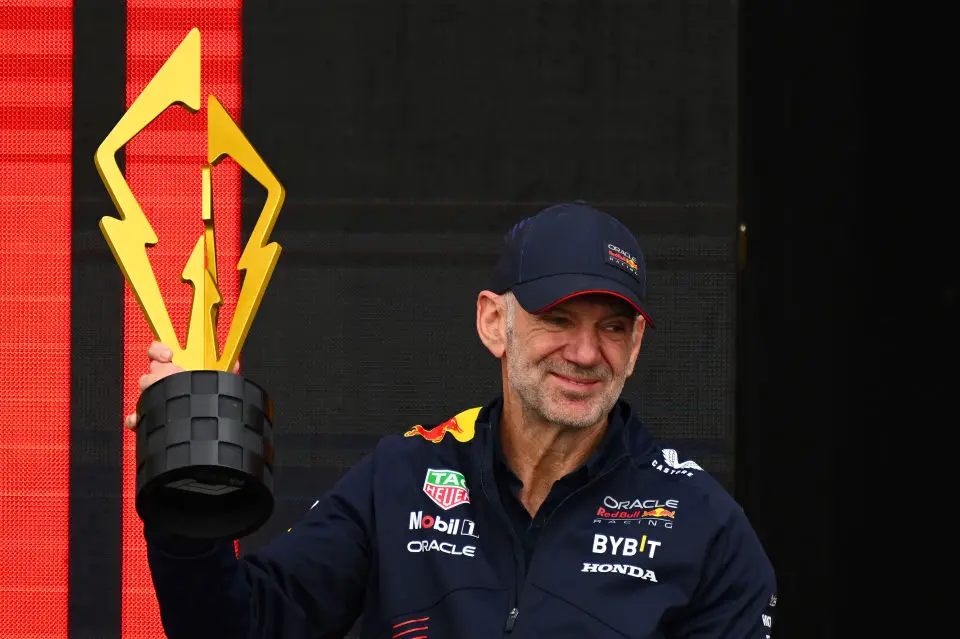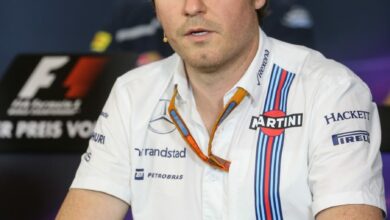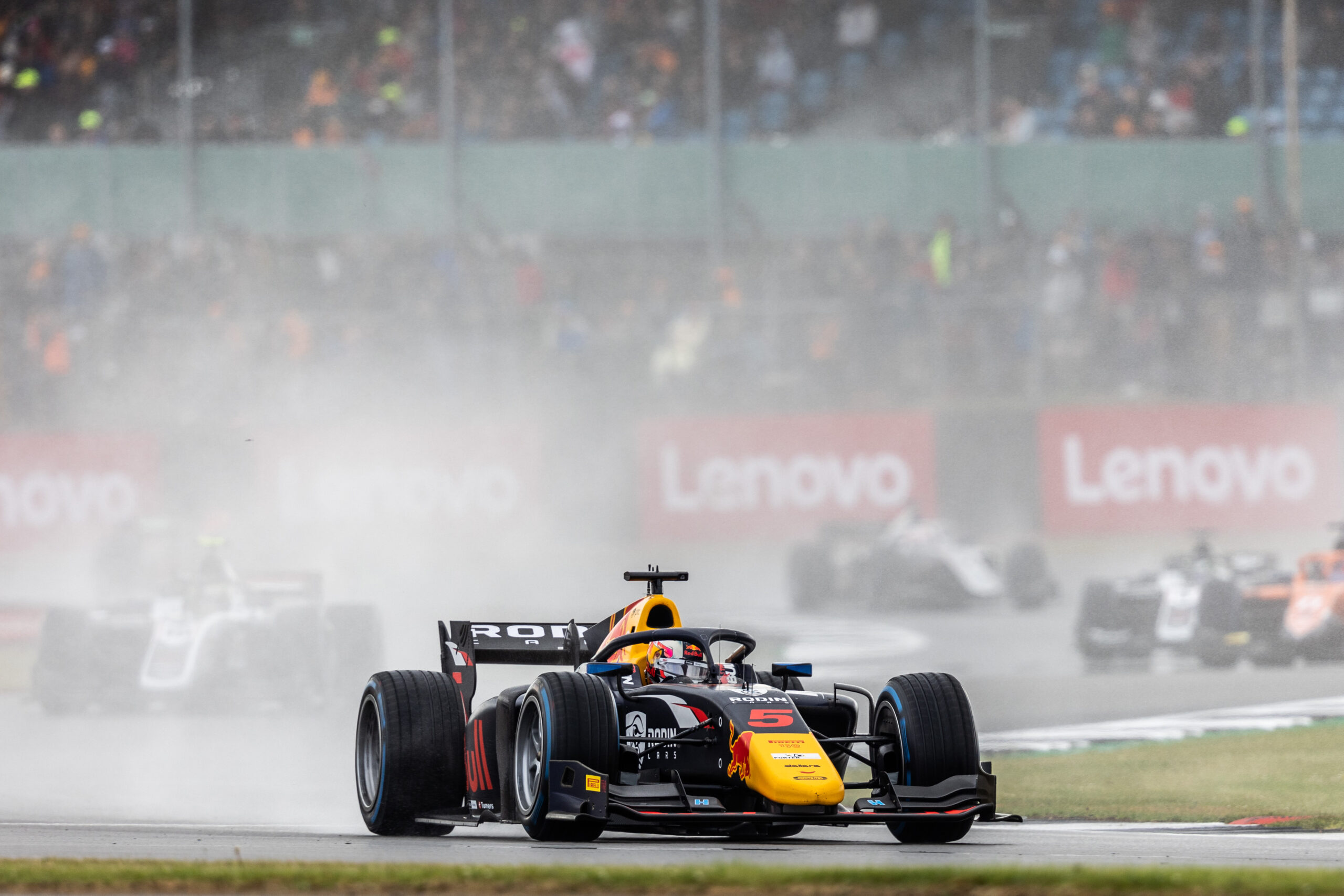F1 News: Max Verstappen And Red Bull Designer Disagree Over 2026 Changes – “Very Awkward”
The introduction of active aerodynamics in the 2026 Formula 1 season has led to a divergence of opinions between Red Bull’s Max Verstappen and designer Adrian Newey. Verstappen’s discomfort with the loss of manual control contrasts with Newey’s optimistic view of this technological evolution.
Key Takeaways:
- Shift to Active Aerodynamics: The 2026 F1 season will mark a significant transition with the introduction of the ‘nimble car concept’, highlighting active aerodynamics. This feature allows dynamic adjustments to the car’s aerodynamics in response to changing racing conditions.
- Varied Reactions in the F1 Community: Three-time champion Max Verstappen has expressed concerns about the reduced manual control over aerodynamics. In contrast, Adrian Newey, Red Bull’s chief technical officer, views this shift as an essential evolution in F1’s technological landscape.
- Newey’s Optimism Versus Verstappen’s Concerns: While Newey is unperturbed by the change, emphasizing the necessity of active aerodynamics to compensate for future power units with reduced energy output, Verstappen prefers more control and is apprehensive about this new direction in F1.

The upcoming ‘nimble car concept’ is poised to revolutionize Formula 1 starting from the 2026 season. This concept involves parts of the vehicle dynamically adjusting to the racing environment, marking a significant departure from traditional car designs. The introduction of active aerodynamics is at the core of this shift, reflecting the sport’s continuous evolution and adaptation to new challenges and technologies.
Red Bull driver Max Verstappen has not shied away from voicing his discomfort with these changes. His preference for manual control over the car’s aerodynamics contrasts sharply with the automated nature of the proposed system. Verstappen shared his perspective, stating, “Then you have the active aerodynamics, which you [the driver] can’t control, the system will control it for you. It makes it very awkward to drive because I prefer to control it myself. Of course, when you are behind someone maybe you need more front or more rear, this kind of thing. If the system starts to control that for you, I don’t think that’s the right way forward.”
On the other side of the debate, Adrian Newey, the esteemed Red Bull chief technical officer, has a differing view. He sees the move towards active aerodynamics as a necessary progression within the sport. Newey’s stance is that these changes are crucial, especially considering the next generation of power units that are expected to focus more on affordability and electrical power. He conveyed his thoughts to Motorsport.com, “It doesn’t concern me. The more active aero is really to try to make up for a power unit that’s lacking in energy. The active aero becomes essential to make up for the power unit that’s lacking in energy. But I don’t think that’s a bad thing at all.”
The differing opinions of Verstappen and Newey highlight the complexities and challenges of technological advancements in Formula 1. As the sport gears up for the 2026 season, these changes will undoubtedly be a topic of intense discussion and scrutiny among teams, drivers, and fans alike.


